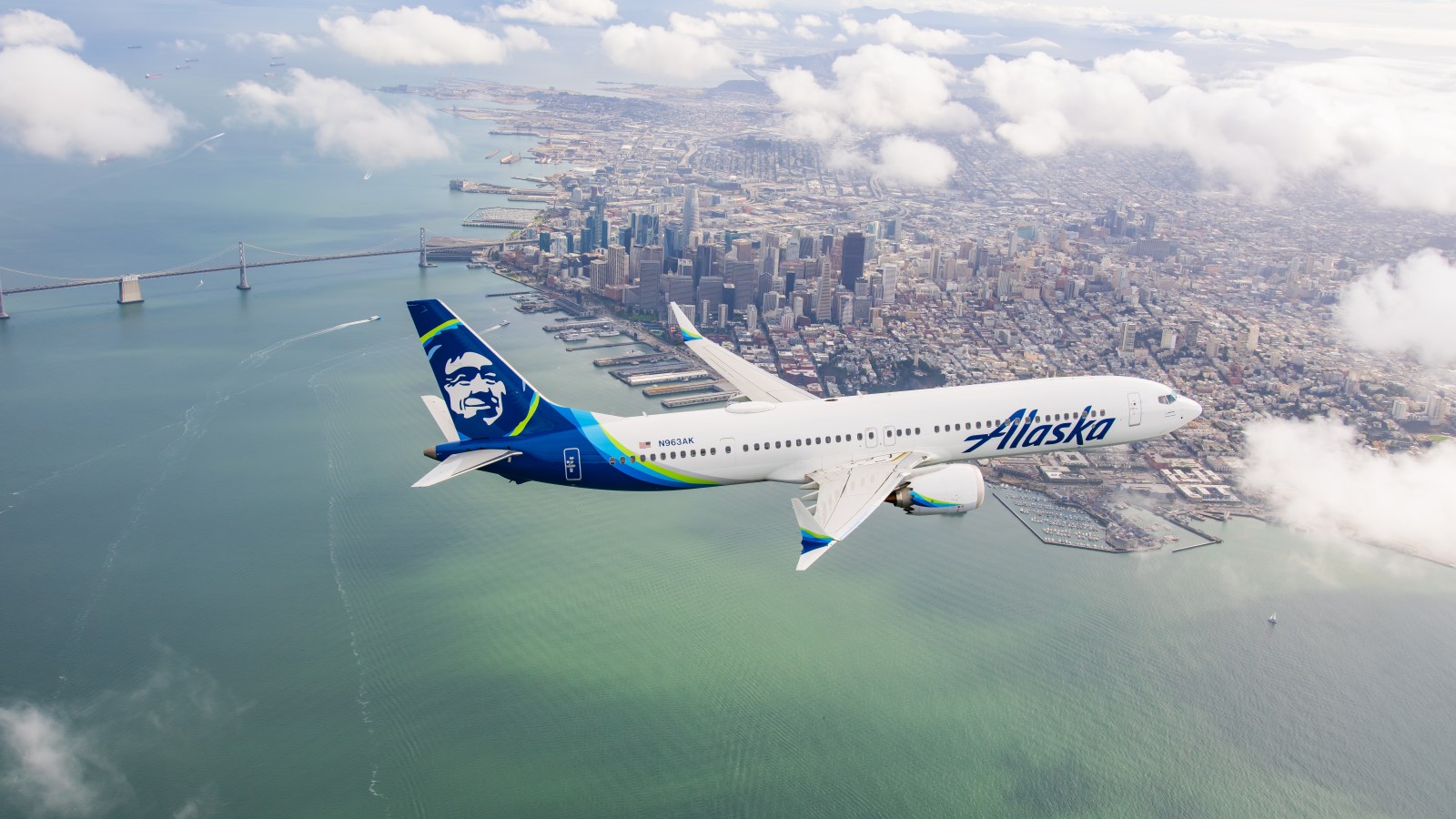Alaska Airlines began preliminary inspections this weekend on a group of our 737-9 MAX aircraft.
The Federal Aviation Administration (FAA) is requiring more data from Boeing before approving the manufacturer’s proposed inspection and maintenance instructions that will be used to conduct final inspections on all 737-9 MAX and safely return the planes to service. Up to 20 of our planes could undergo preliminary inspections.
Aviation safety is based on having multiple levels of quality control and safety assurance, much like system redundancies that are built into an aircraft for operational safety. Together, these layers have made the U.S. aviation industry the safest in the world.
Last week’s incident involving Alaska Airlines Flight 1282 was an extremely sobering reminder that these layers require continuous strengthening and improvement.
Boeing leadership has publicly said that this incident is the result of a “quality escape.” This week, we engaged in a candid conversation with Boeing’s CEO and leadership team to discuss their quality improvement plans to ensure the delivery of the highest quality aircraft off the production line for Alaska.
We welcome and appreciate the FAA’s recently announced steps to audit and review all safety processes in the production of the 737-9 MAX aircraft, and more broadly at Boeing and Spirit AeroSystems, Boeing’s supplier that builds the fuselage for the planes.
In addition to the FAA’s review and oversight, Alaska Airlines will initiate and enhance our own layers of quality control to the production of our airplanes:
Over many decades, we have cultivated a strong partnership with Boeing. With a commitment to transparency and candor, we are dedicated to working together to uphold the utmost quality and safety of our airplanes for our employees and guests.
This indicates a link to an external site that may not follow the same accessibility or privacy policies as Alaska Airlines. By selecting a partner link you agree to share your data with these sites.
